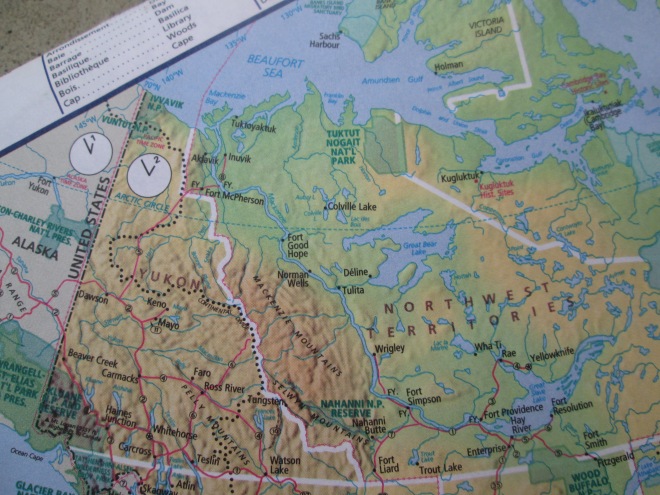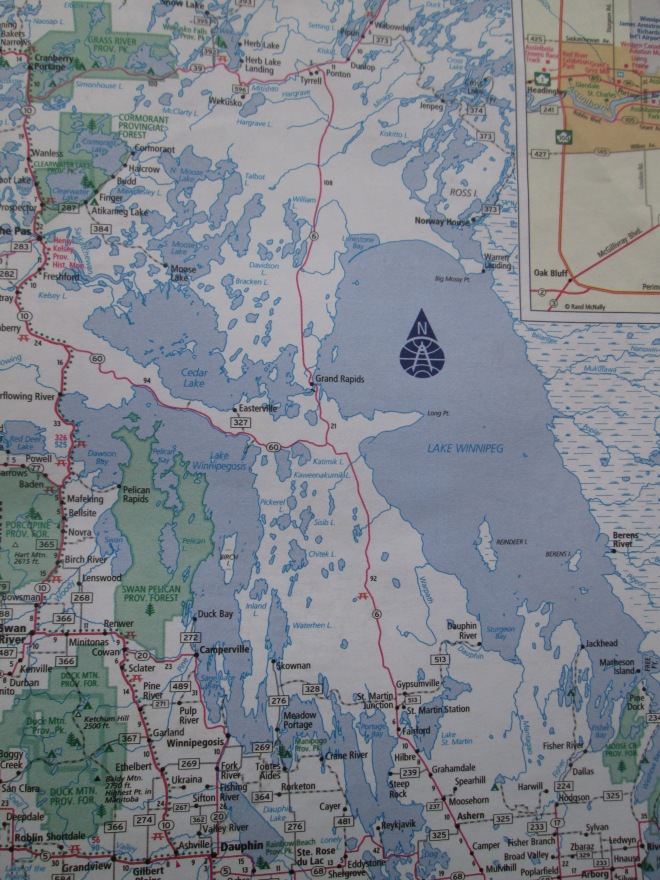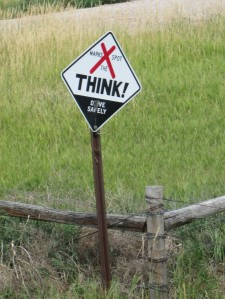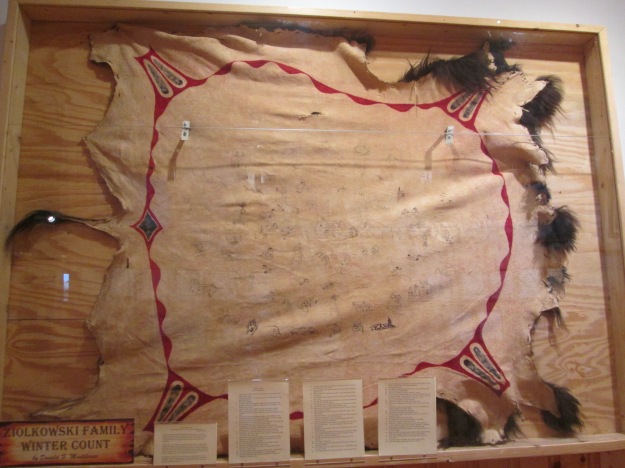I have just made autographed paperback copies of each of my forthcoming books available as Goodreads giveaways. Both giveaways end on Sunday, November 23rd and are open internationally. You can visit the links below to enter:
Good luck and good reading!








































